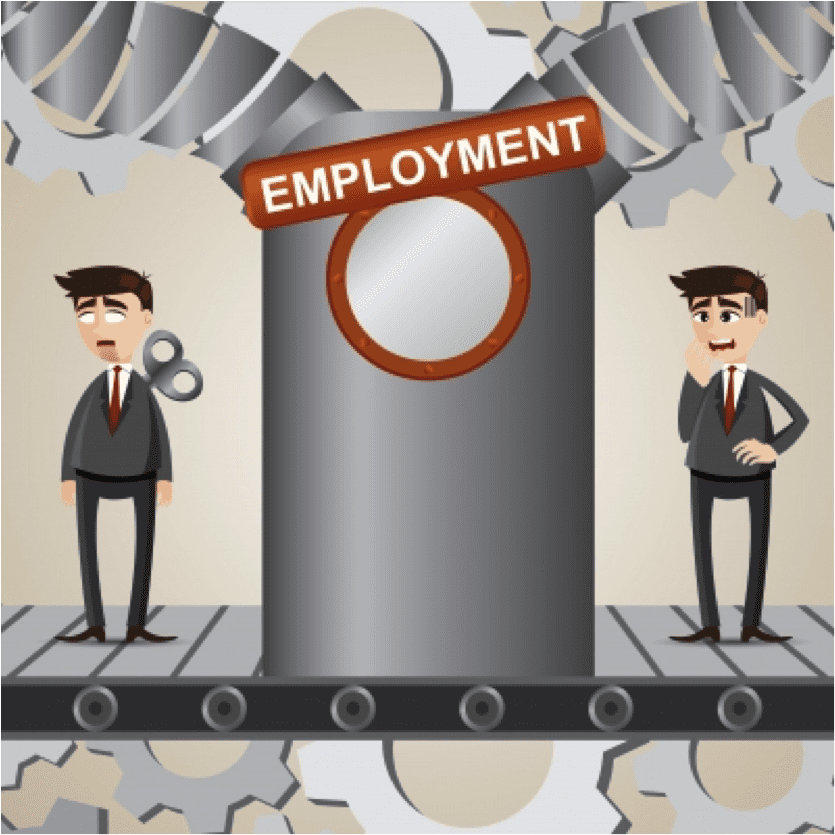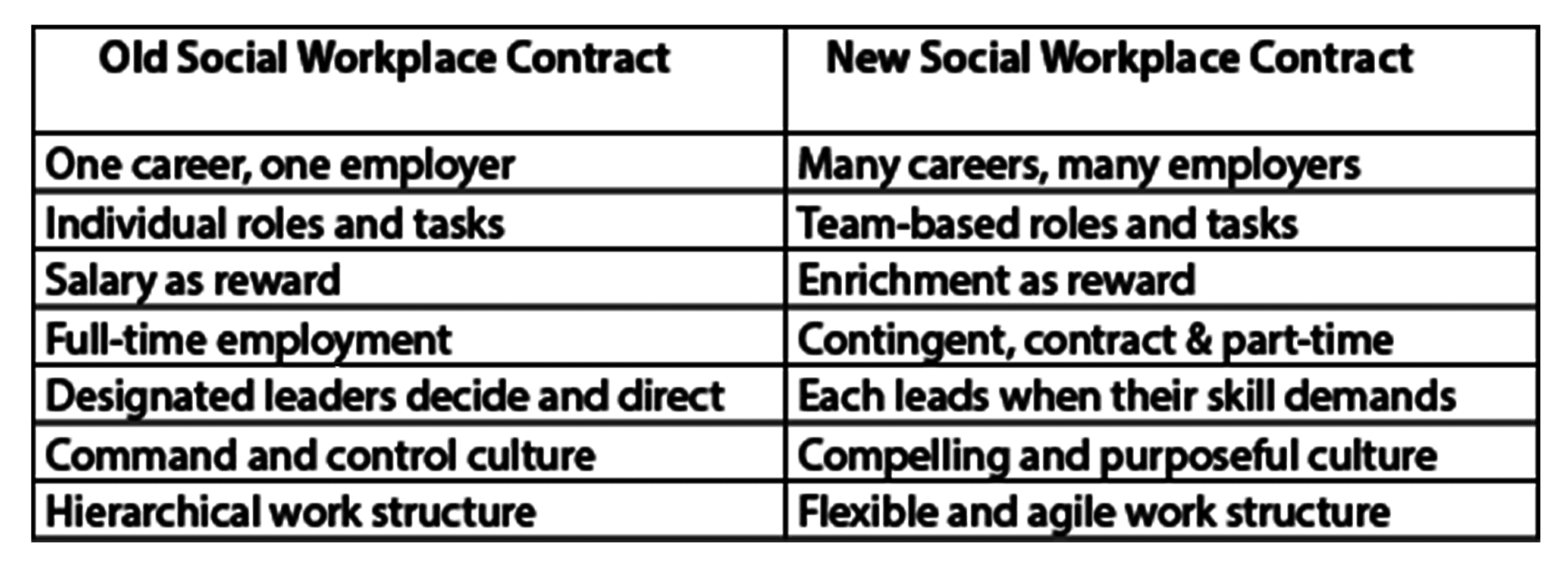For several decades, individuals, organizations and economies juggled the increasing impacts of global forces in their attempts to both understand and capitalize on these disruptive changes. As the dust from this chaos begins to settle, research suggests the following four drivers of change emerged as paramount for health and harmony.
Demographic Diversity. With Millennials, Baby Boomers and multiple ethnic groups comprising the workforce, their accompanying new expectations, roles and belief systems complicate employee relationships. Add to this diverse milieu the fact that more and more daily work occurs in teams and you have the potential for conflict and destructive divisions. In order to be an effective, happy team member, our workplace relationship skills are being stretched to include patience, acceptance and appreciation of each other’s gifts and idiosyncrasies. Increased complexity with regard to our interpersonal relationships is further challenged by the way we do our work. Communication and information technologies are our primary tools for relating to others and executing our daily tasks.
Digital Technology. Not only has technology allowed us to work anytime anywhere, but also our work experience has altered by how products and services are designed and delivered. On a personal note, as a sole entrepreneur, I no longer have the time or skills to manage my business requirements as I once did. Every business is now a member of the global community and therefore competing on this massive economic stage. As a small business owner, I can no longer be content with growing a local client base. The exponential increase in competitors necessitates new digital strategies (social media, behavioural economics, etc.) to tap into a larger, far-of-field pool of potential clients. In the past, I would have taken the deep dive required to learn a new skill, but the accelerated pace of changing circumstances necessitates a collaborative union with those already skill worthy.
Accelerated Change. There is truth to the adage that as we age, time appears to speed up. For Baby Boomers like myself this experience is now combined with computing power that doubles every two years. The impact on our personal and business lives has been summed up as agility. We must quickly respond and reposition ourselves to meet the emerging and often new experiences. Our iVUCA (interconnected, volatile, uncertain, complex and ambiguous) world is not slowing down, but instead pressing us closer together often in unusual ways — wicked problems such as the global refugee crisis, pandemic diseases, poverty and homelessness.
A New Social Contract. The term social contract is defined as “an implicit agreement among the members of a society to cooperate for social benefits, for example by sacrificing some individual freedom for state protection.” In 1655, Thomas Hobbes proposed a new social contract after the English Civil War — remove religion from governance, that is, eliminate the divine right of kings. In 1688, John Locke offered a social contract wherein personal liberties were exchanged for “life, liberty and protection of private property,” which Thomas Jefferson adopted for America’s Declaration of Independence. During the 1930s Great Depression and collapse of capitalism, FDR delivered a safety net social contract including social security and unemployment insurance. Following WWII, Kennedy’s metaphor “a rising tide lifts all boats” changed the social contract to shared prosperity in which everyone reaped the benefits of the expanding economy. In 1981, Reaganomics reversed this tide with “supply side or voodoo economics” when significant national income and wealth were transferred to the already wealthy. The accrued result — 40% of Americans earn less today than the 1968 minimum wage, thus raising massive discontent between the 99% working and middle classes and the 1% wealthy.
Whether societal or organizational in scope, pundits agree when a social contract breaks down revolution is on the horizon. This certainly appears to be the case in the current US presidential election as well as in our contemporary workplaces.
All in all, the new workplace contract, in concert with the other three drivers of change, bodes well for our current divisive political environments (US presidential campaign, Brexit referendum, global terrorism). If history has a habit of repeating itself, then we can anticipate those positive humane changes occurring in our smaller human systems of family and organization to eventually work their way into our economic and political systems. May there be revolution without blood shed.
Ponder this futurist view echoed from 1980 —
While most of our institutions are faltering, a twentieth century version
of the ancient tribe or kinship has appeared: the network, a tool for the
next step in human evolution. The network is the institution of our time:
an open system, a dissipative structure so richly coherent that it is in
constant flux, poised for reordering, capable of endless transformation.
This organic mode of social organization is more biologically adaptive,
more efficient, and more “conscious” than the hierarchical structures of
modern civilization. The network is plastic, flexible. In effect, each
member is the center of the network. Networks are cooperative, not
competitive. They are true grass roots: self-generating, self-organizing,
sometimes even self-destructing. They represent a process, a journey, not
a frozen structure. Marilyn Ferguson
For more on humane social change and personal transformation, click here.






